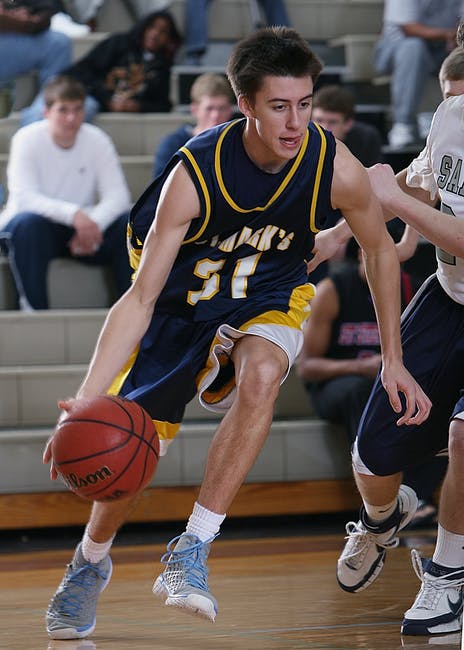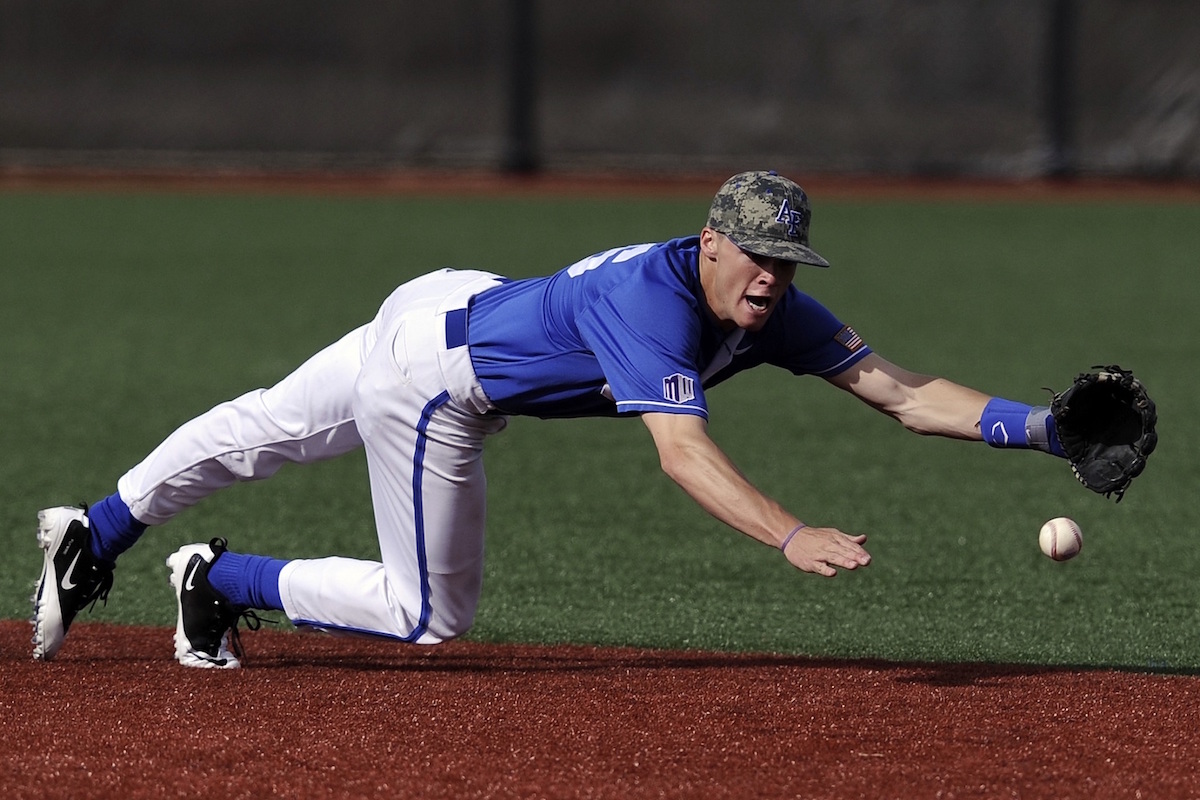Real-world agility for basketball
As I’ve said in other posts, to me agility is about applying strength and conditioning to the sport. So this is a lot bigger than a handful of movement skills that are lateral or backwards, this is going to incorporate a lot of sport skills. With that in mind, today’s post is going to be about agility training for basketball. In this post I’m going to cover some thoughts on offensive skills. We’ll look at other skills and defense in future posts.
Offensively, a lot of our needs center around the basketball. This means it’s going to be important to incorporate the basketball with the drills. It’s also going to be important to use the same terminology and coaching cues that the sport coaches are using to help with transfer, consistency, and buy-in.
This article is going to provide some examples with sport-specific drills that can be used focusing on ball control and changing directions with the ball.
Dribbling/changing directions
If the other team is doing their job, we’re not able to dribble the ball down at our own pace, in a straight line, and score at will. This means that when we have the ball we need to be able to change directions and to do this in a way that keeps the other team from getting the ball. It also means that we need to be used to reacting to defenders.
There are several drills that I use to help teach the ability to move the ball in the presence of defenders.
- Dribbling drills
- Cone drill
- Spin drills
Dribbling drills:
I do these drills as part of the warm-up. After we’ve done light calisthenics, mobility work, and some straight ahead speed work we move to these. We do these drills by dribbling the ball in our favorite hand, our other hand, and by going back and forth. The first drill involves dribbling and walking/jogging forward. The second drill involves dribbling and shuffling to the right/left. The final drill is dribbling and backpedalling.
Once the athletes can do the drills, this becomes a reactive drill. The athletes face the coach and begin dribbling in the hand that the coach designates. They have to keep their eyes up and face the coach during the entire drill. The coach signals them to walk or jog forward, to shuffle to one side or the other, or to walk/jog backwards.
Cone drill:
For the cone drill I set up a line of cones, usually 5-6 cones. I place them about five feet apart, though I may shorten this up for advanced athletes. This drill is done at a jog and works on cutting and ball control skills. This drill has two progressions.
Progression 1:
Start behind the first cone. Begin dribbling. While dribbling, jog to the right of the first cone. As you pass the cone, you need to be dribbling the ball on the right side of your body (i.e. furthest away from the “defender”). As you get to the side of the cone, plant the right foot, push off, and move to the left of the second cone. As this is being done, the ball needs to switch to the left hand. Continue to weave through the cones and switch which side the ball is on so that it is away from the “defenders.”

Progression 2:
This drill begins exactly like the first progression. The difference is that there is a defender five feet beyond the last cone. The player with the ball will attempt to get past the defender and keep the ball away from the defender. The defender is going to stay in place, but will move in such a way as to force the player with the ball to move to the defender’s right or left.
Spin drills:
The spin move is another way to move around a defender, to create some separation, or to help get the ball to another player when the defender locks us up. This drill requires two athletes, one has the ball and one is the defender. There are two progression for this drill.
Progression 1:
Athlete A has the ball and is dribbling with their right hand. They are stationary. Athlete B is the defender and is in front of Athlete A. Athlete B will have active hands but will not be moving beyond that. Athlete A will have the left side of their body facing Athlete B. Athlete A will turn 360 degree clockwise, as they are turning the ball will be dribbled in place but as they turn they will shift from doing it with their right hand to doing it with their left. After their turn, they will be outside and slightly behind Athlete B.
Progression 2:
This drill begins exactly like the first progression. The differences are that Athlete B can move and Athlete A is seeking to get to the other side of the court, so it may be necessary to execute the spin move frequently and quickly to stay ahead of the defender.

The skills and drills in this post are sport-specific skills. The point is that this is very important for agility. Simply having the athlete shuffle five yards to the right, or backpedal five yards, or do some agility drill, isn’t going to be terribly helpful. Teaching them to control their body, move their feet, keep their eyes up, all while controlling the ball and reacting to defenders is going to be very helpful. It’s important for the strength and conditioning coach to understand the skills that the athlete needs for their sport and to help prepare the athlete for what they face in the sport.


